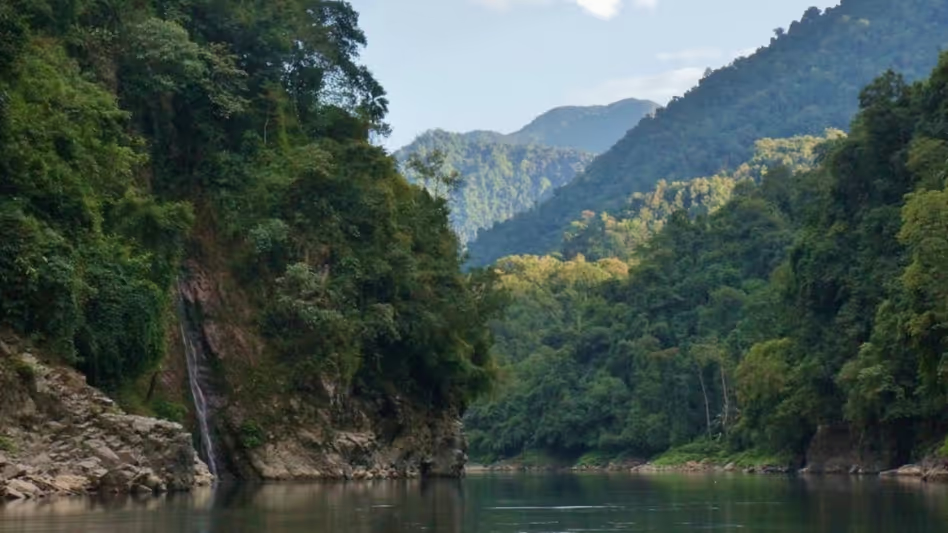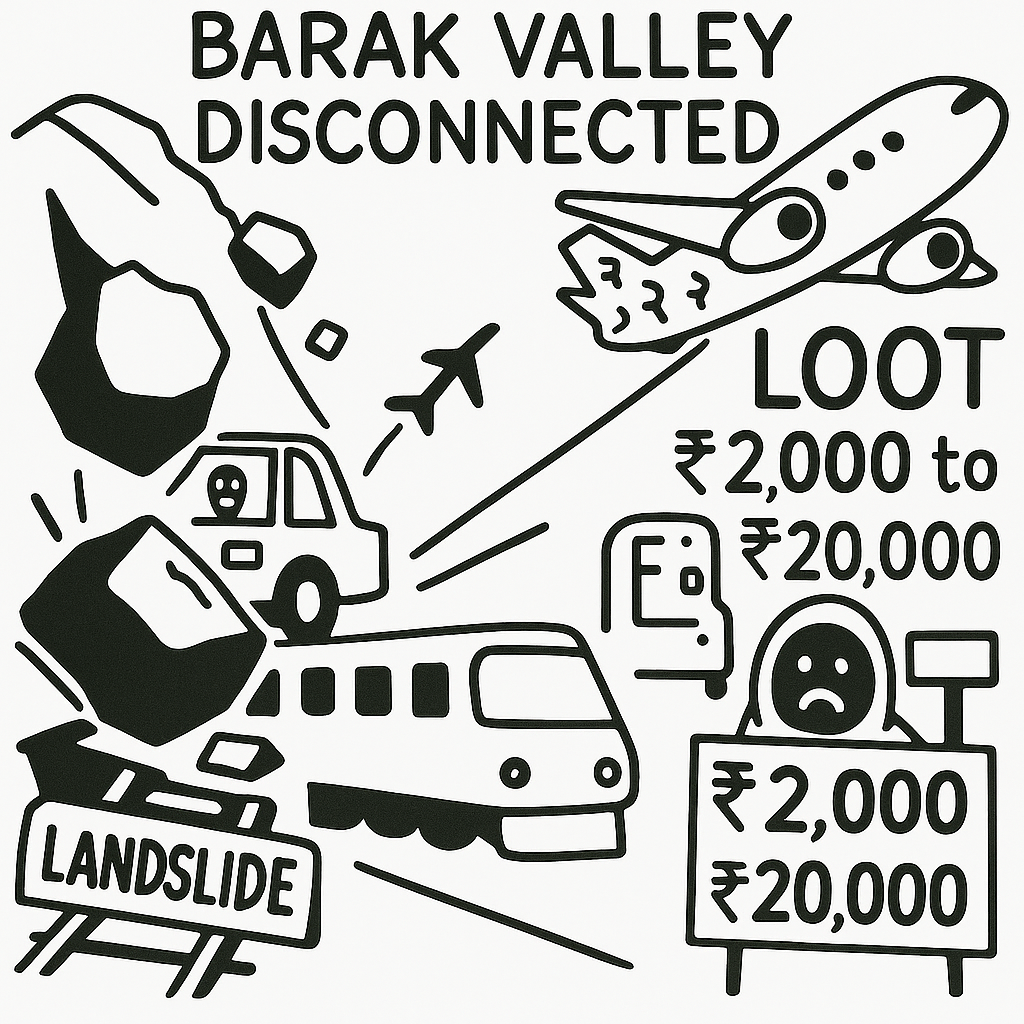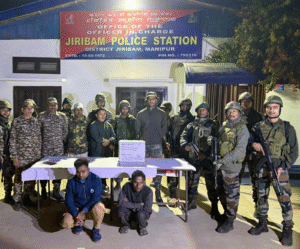
Despite environmental objections, the centre approves the Oju hydropower project in Arunachal.
B O News Desk : The central government has granted environmental clearance to the Oju hydroelectric project in Arunachal Pradesh’s Upper Subansiri district, paving the way for construction of one of India’s largest hydropower ventures in a geologically sensitive and strategically vital border region with China.
The 2,220 MW run-of-the-river project will be developed by Oju Subansiri Hydro Power Corporation Pvt. Ltd. at an estimated cost of ₹24,942 crore. It envisages a 100-metre-high concrete gravity dam, a 14.12 km headrace tunnel and an underground powerhouse complex, capable of producing 8,402 million units of electricity annually.
At a public hearing held in September 2024, residents flagged worries over inadequate compensation, threats to fisheries, sacred sites, and ecological stability. Many demanded that local populations receive a fair share of the electricity generated.
Ecologists have cautioned that building mega dams in the fragile Himalayan ecosystem risks destabilising slopes, altering river ecology and endangering biodiversity. The Subansiri basin lies in seismic zone V, the most earthquake-prone category, compounding fears. Past studies by the South Asia Network on Dams, Rivers and People (SANDRP) have described such projects as “ticking water bombs” for Assam, citing repeated monsoon damages at hydropower sites including the Lower Subansiri project.
The Environment Ministry’s Expert Appraisal Committee (EAC), which approved the project on September 12, discussed the high risk of glacial lake outburst floods (GLOFs). It has directed the developer to factor GLOF scenarios into flood design estimates, establish real-time early warning systems and conduct community preparedness drills. The EAC also mandated a post-commissioning environmental impact study after five years of operation.
While the clearance marks a major boost to India’s hydropower ambitions, it sets the stage for fresh debates over balancing energy security with ecological resilience in one of the country’s most sensitive frontiers.

















